Flying the Boeing CH-47 Chinook Helicopter
August 12th, 2023
8 minute read
Since its inception in the early 1960s, the Boeing CH-47 Chinook helicopter has been a symbol of strength, adaptability and endurance in the world of aviation. With its unmistakable tandem rotor design and unparalleled lift capacity, the Chinook consistently demonstrated its ability to perform in a wide range of demanding situations, from military operations to disaster relief and beyond. In this article, Will Dabbs, MD delves into the fascinating history of the CH-47, examines its unique design features, and explores how this remarkable aircraft evolved over the decades to remain a critical asset in both military and civilian applications around the globe.
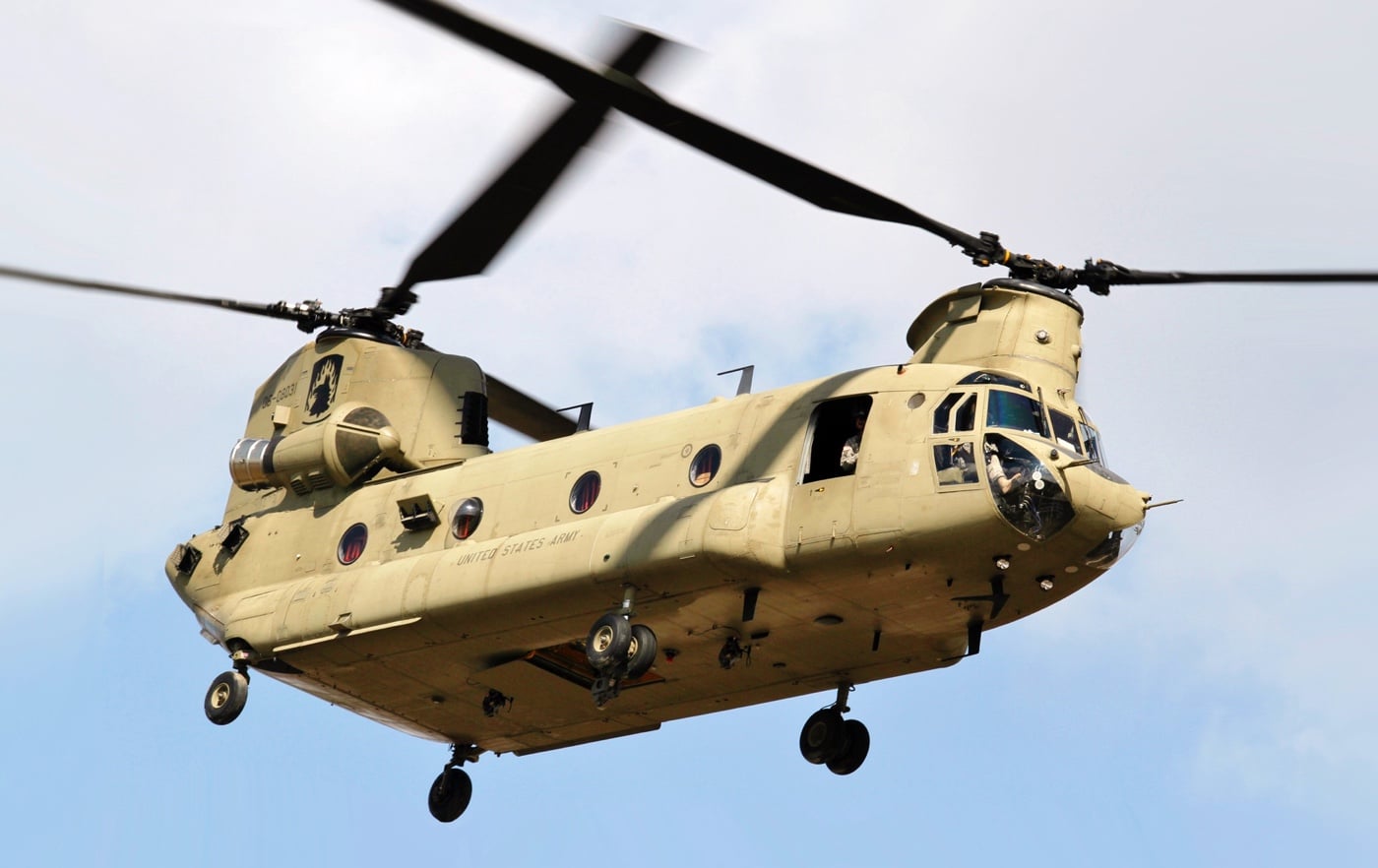
In my day, at least, when it was time to find out what sort of tactical aircraft you would fly, the U.S. Army didn’t make a terribly big deal about it. Though the rest of our military careers turned on the announcement, we all just gathered in a classroom toward the end of flight school at Fort Rucker, and our company commander read the results off of a computer printout. We were then left to be either elated or crushed as the situation dictated. I was personally crushed.
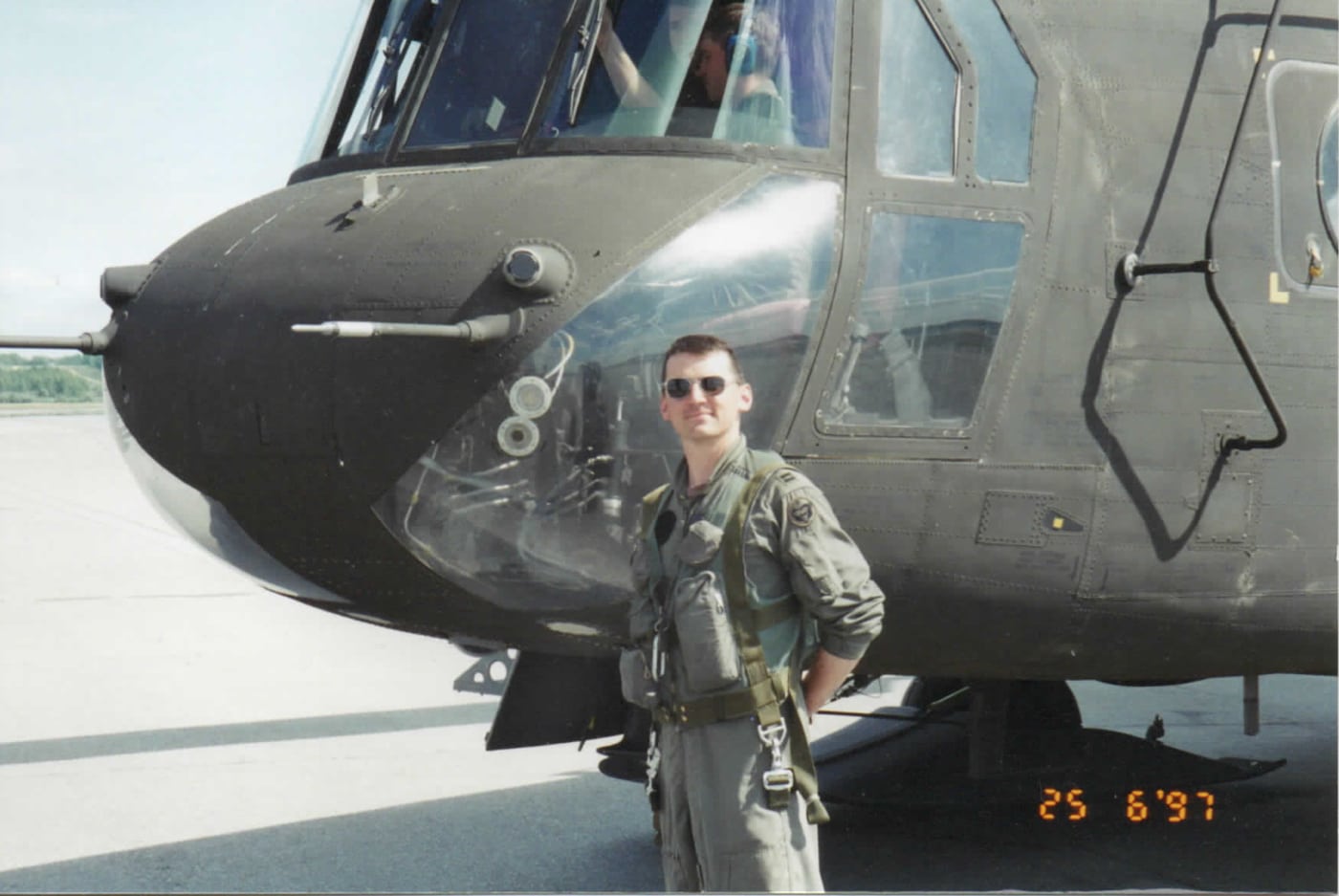
Not in so many words, but I told the Army I wanted to fly anything in the inventory except CH-47D Chinooks. I collected machine guns and had grown up reading everything I could find about World War II fighter planes. I chose the U.S. Army over the Air Force because I thought attack helicopters were more akin to P-38 Lightnings than might be F-15 fighters. I wanted to fly an airplane, not manage a bunch of systems. I had hoped that helicopter gunships might scratch that itch. And then I got Chinooks.
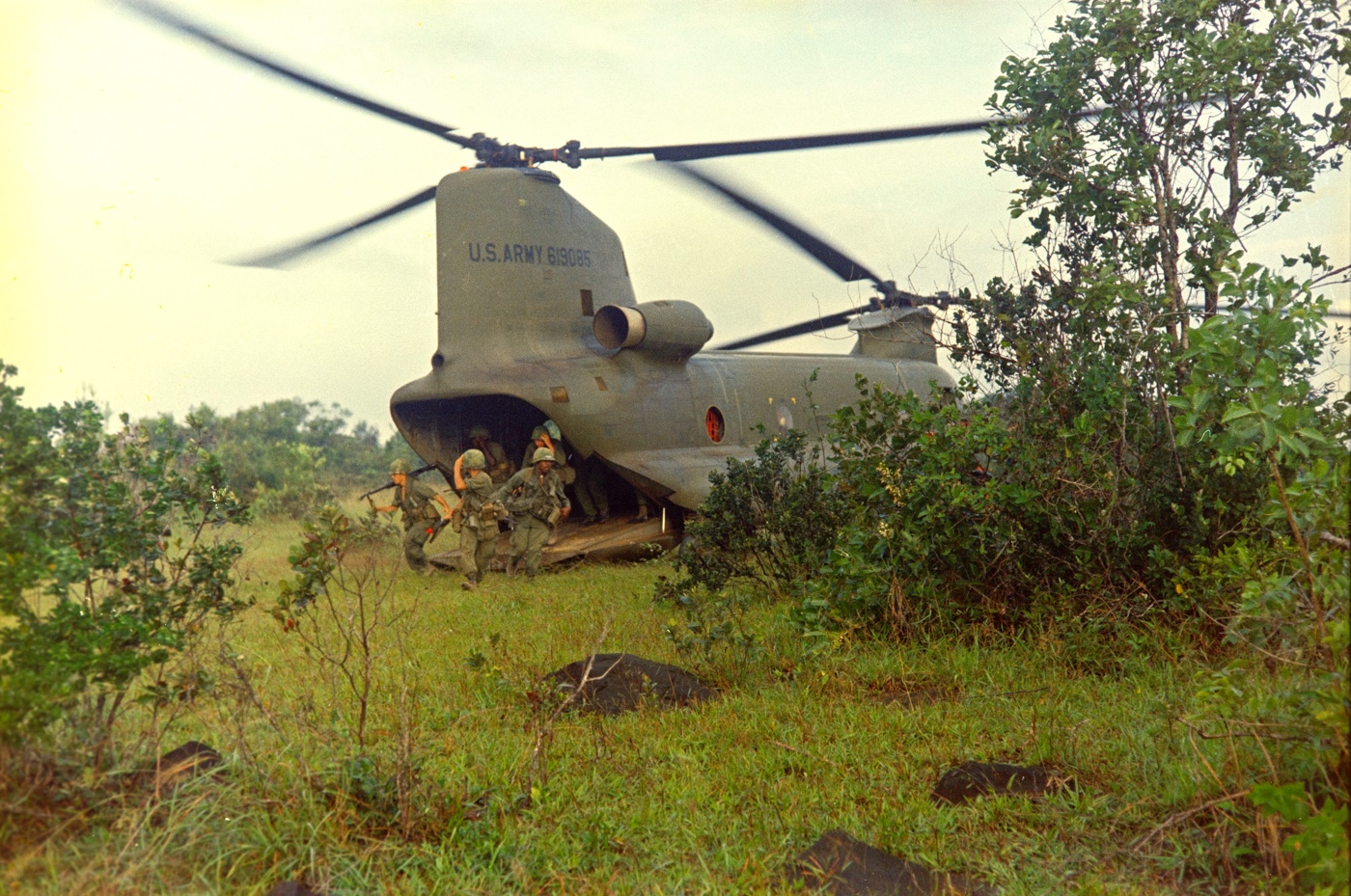
It’s weird, the U.S. Army. I actually did quite well in flight school, and my instructors all endorsed me for guns. The Chinook transition was quite the desirable slot, it was simply that I didn’t want it. There were other guys who got Snakes but wanted Chinooks. I always suspected Uncle Sam just hated us for some unfathomable reason.
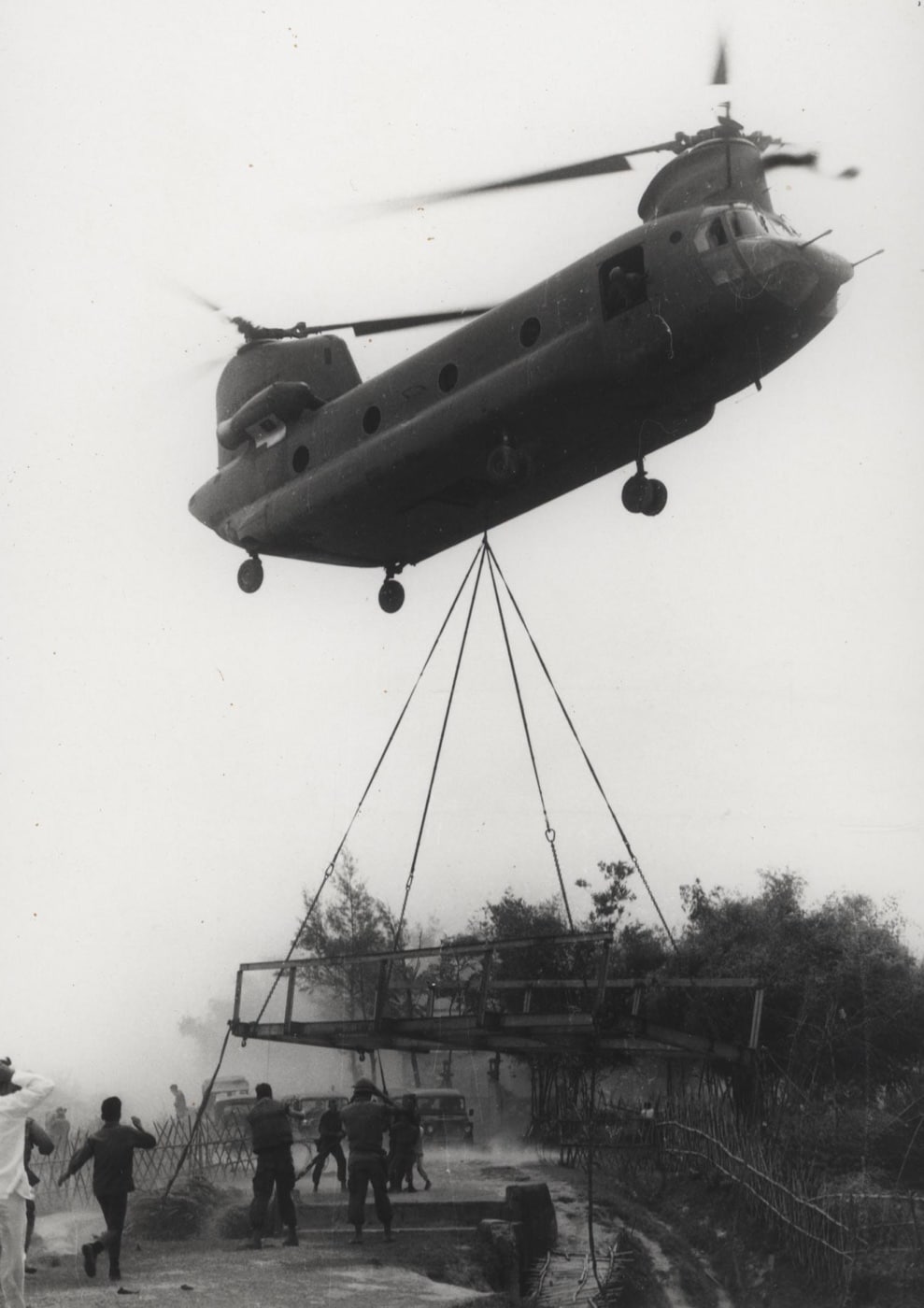
Anyway, as a soldier, you are trained not to get what you want, so we just sucked it up and moved on. And then I actually strapped on a CH-47D, and I realized what all the fuss was about. The Chinook was a simply magnificent machine.
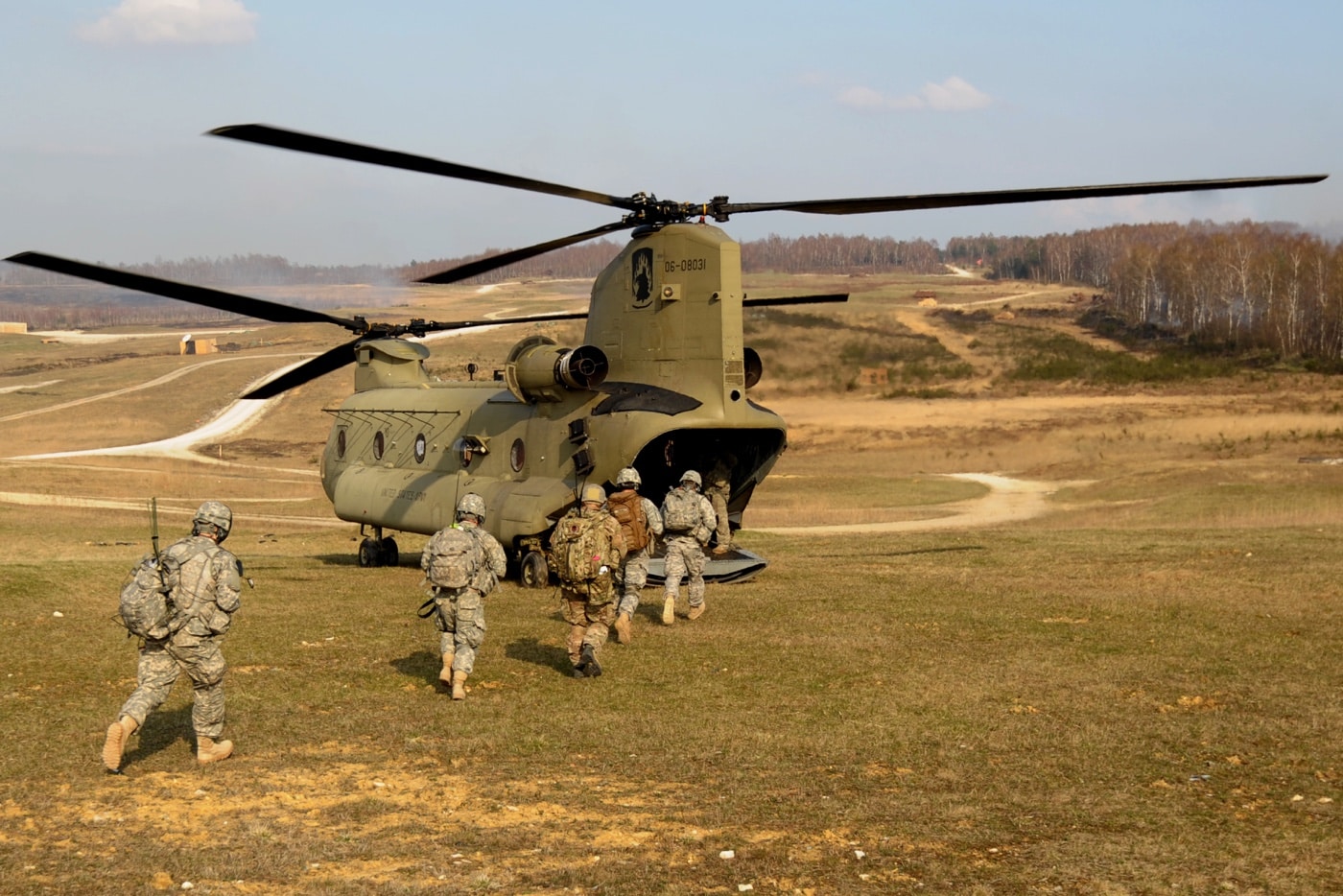
In helicopters, speed and maneuverability are a function of power, not aerodynamics. The Chinook has scads of that. My versions packed an aggregate 9,000 shaft horsepower into two Lycoming turboshaft engines. That made the big Chinook wicked fast.
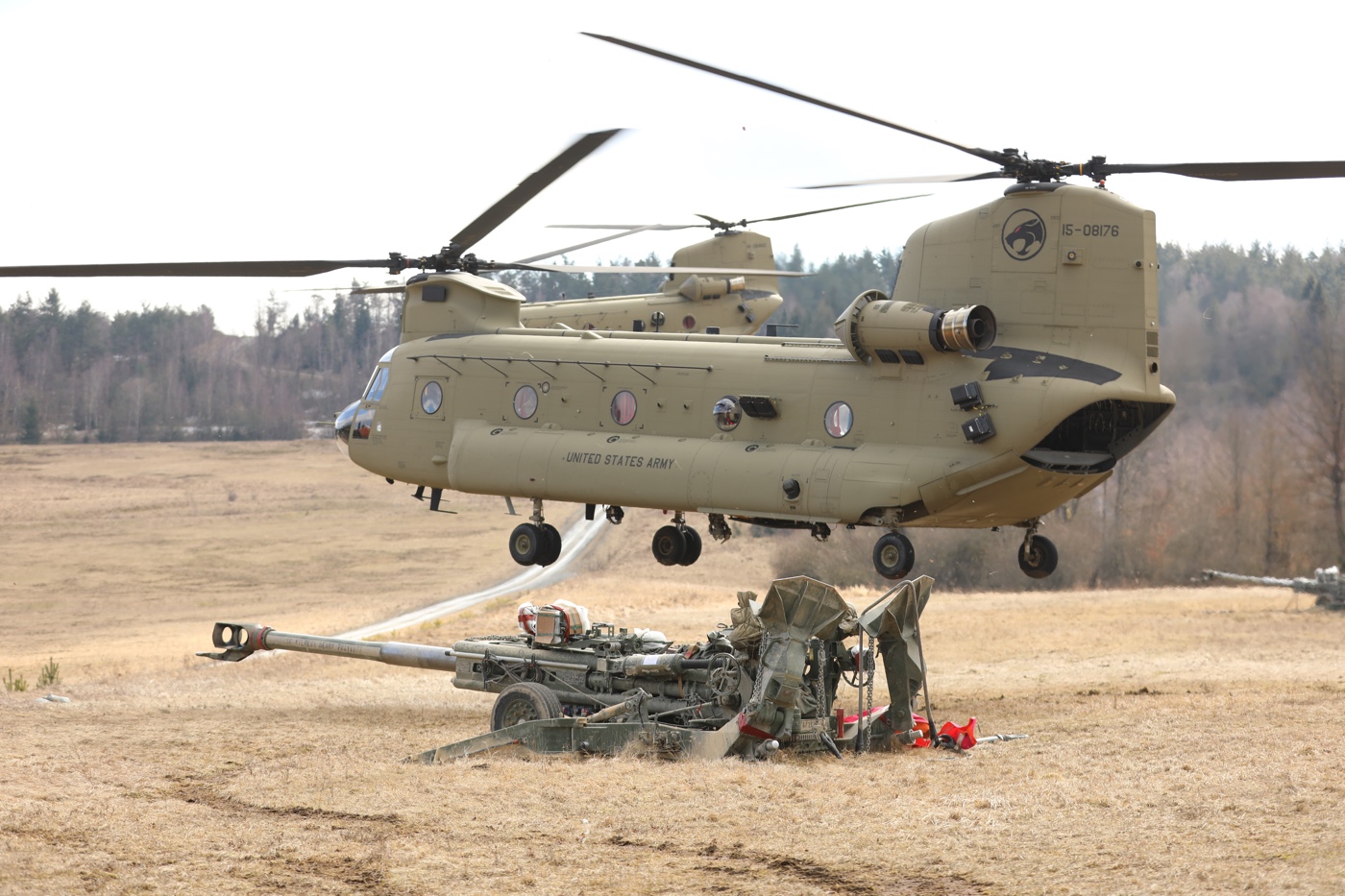
VNE (Velocity never to exceed) for a CH-47D was 170 knots, or about 195 miles per hour. The Blackhawk and Apache were faster, but only in a dive. The Chinook would walk away from them both in level flight. I actually did that myself several times just to prove a point. When deftly wielded, the CH-47D would turn on a dime as well.
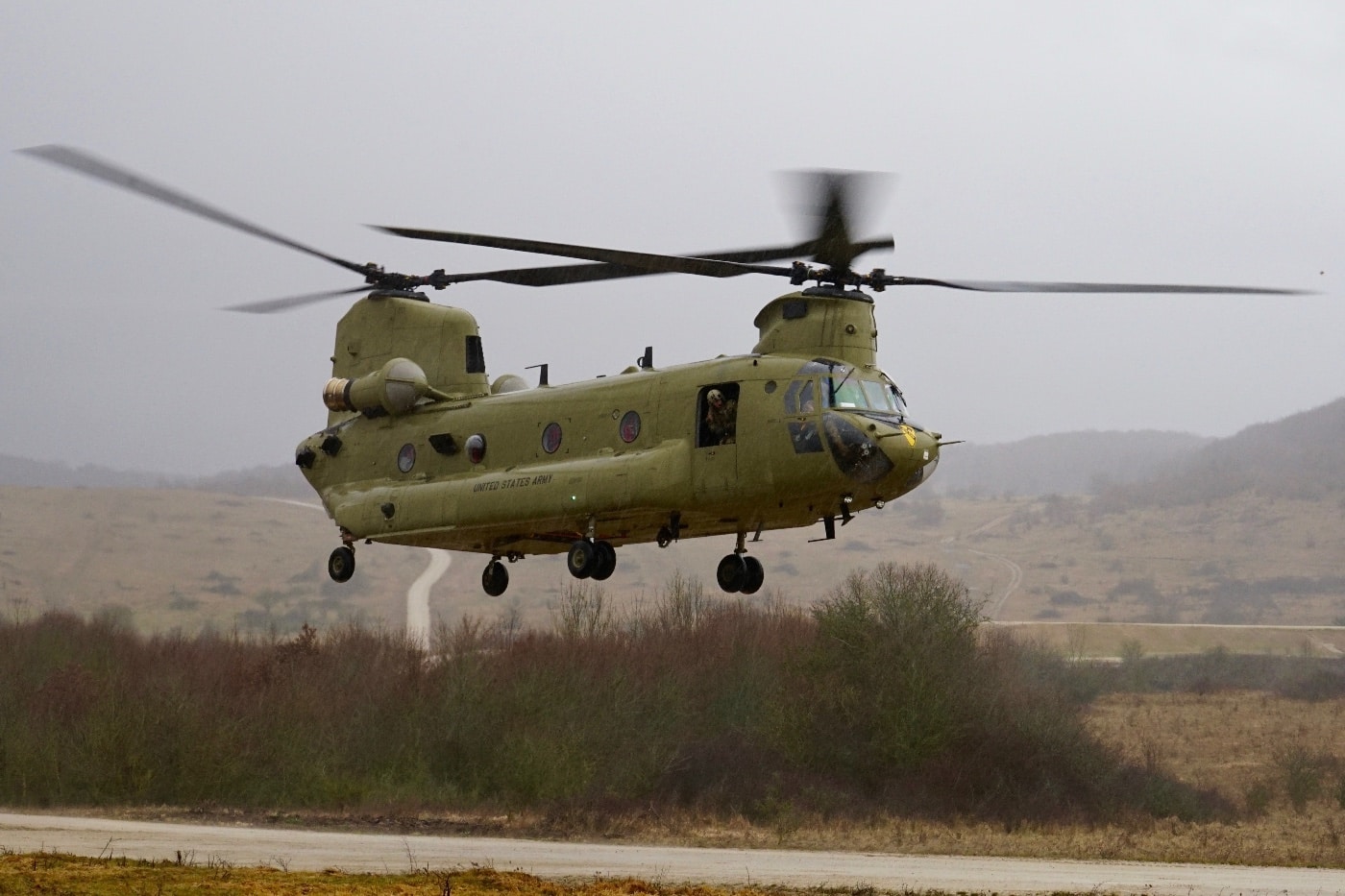
Most conventional helicopters are slaves to tailwinds. The tail rotor on a traditional helicopter is just there to counteract main rotor torque and keep the machine pointed in the right direction. Whatever power is required to keep that thing spinning is essentially wasted. By contrast, the massive twin counter-rotating rotors on the Chinook funnel all that power into lift. It also doesn’t much care what direction it is pointed. I once held a Chinook at a stationary hover in a mountain pass in Alaska and read 73 knots on the airspeed indicator.
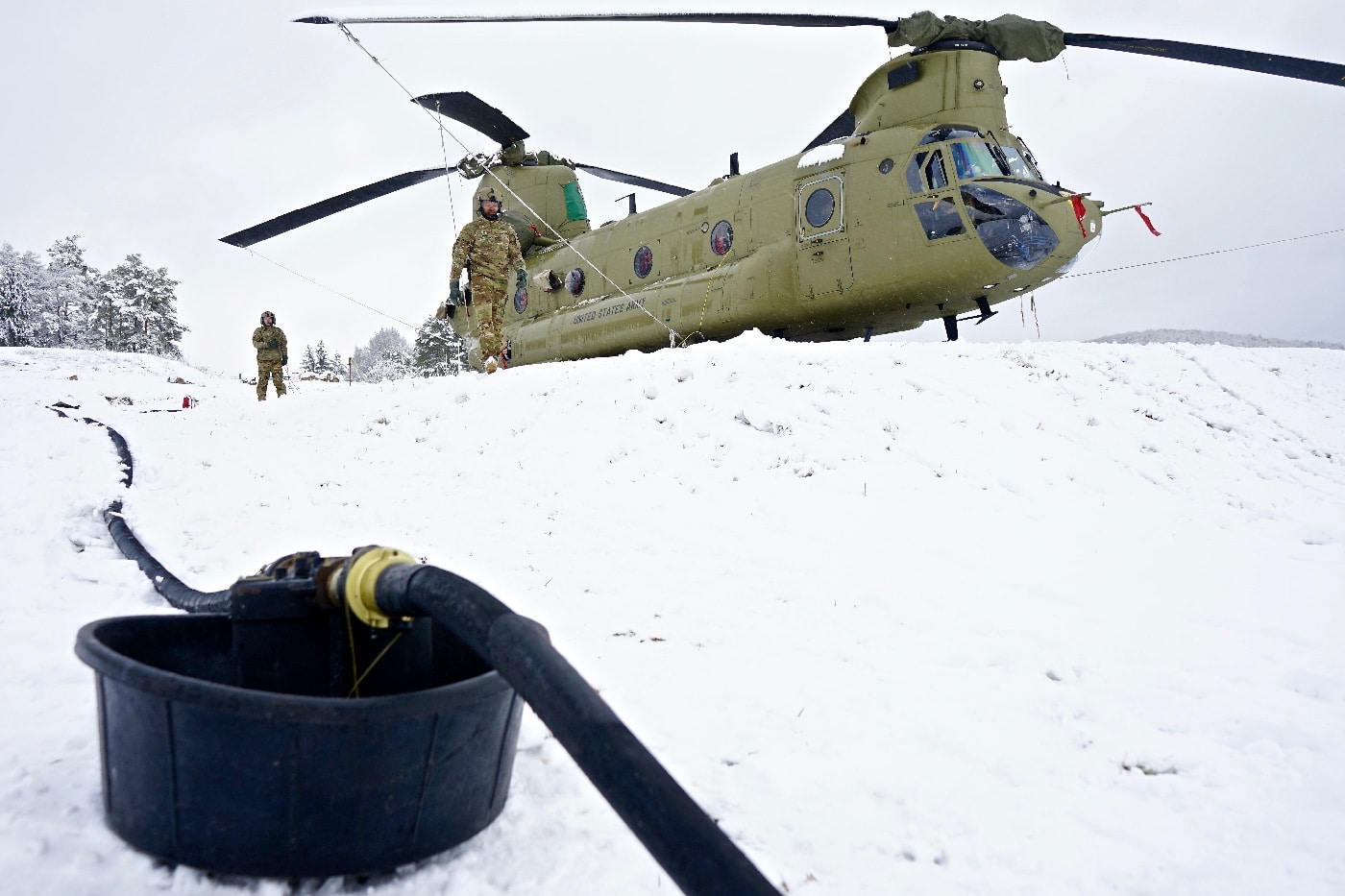
Semi-rigid rotor systems like those of the Cobra or Huey cannot be operated at less than one-half of one positive G. Unloading the rotors, like hugging terrain at speed while flying NOE (nap of the earth) across a hilltop, can cause them to come apart. By contrast, the fully-articulated system on the Chinook feasted on negative G’s. According to the simulator, a CH-47D will execute a splendid aileron roll, though I have never tried that myself in the real world.
Details
The D-model CH-47 tops out at 50,000 pounds and is 98 feet long from rotor tip to rotor tip. It features seatbelts for 33 combat troops, but can carry lots more in a pinch. The fuselage is 52 feet long, and each rotor blade spans 30 feet. While weight and balance are always important in helicopters, I found that the Chinook would carry most anything you could stuff into it.
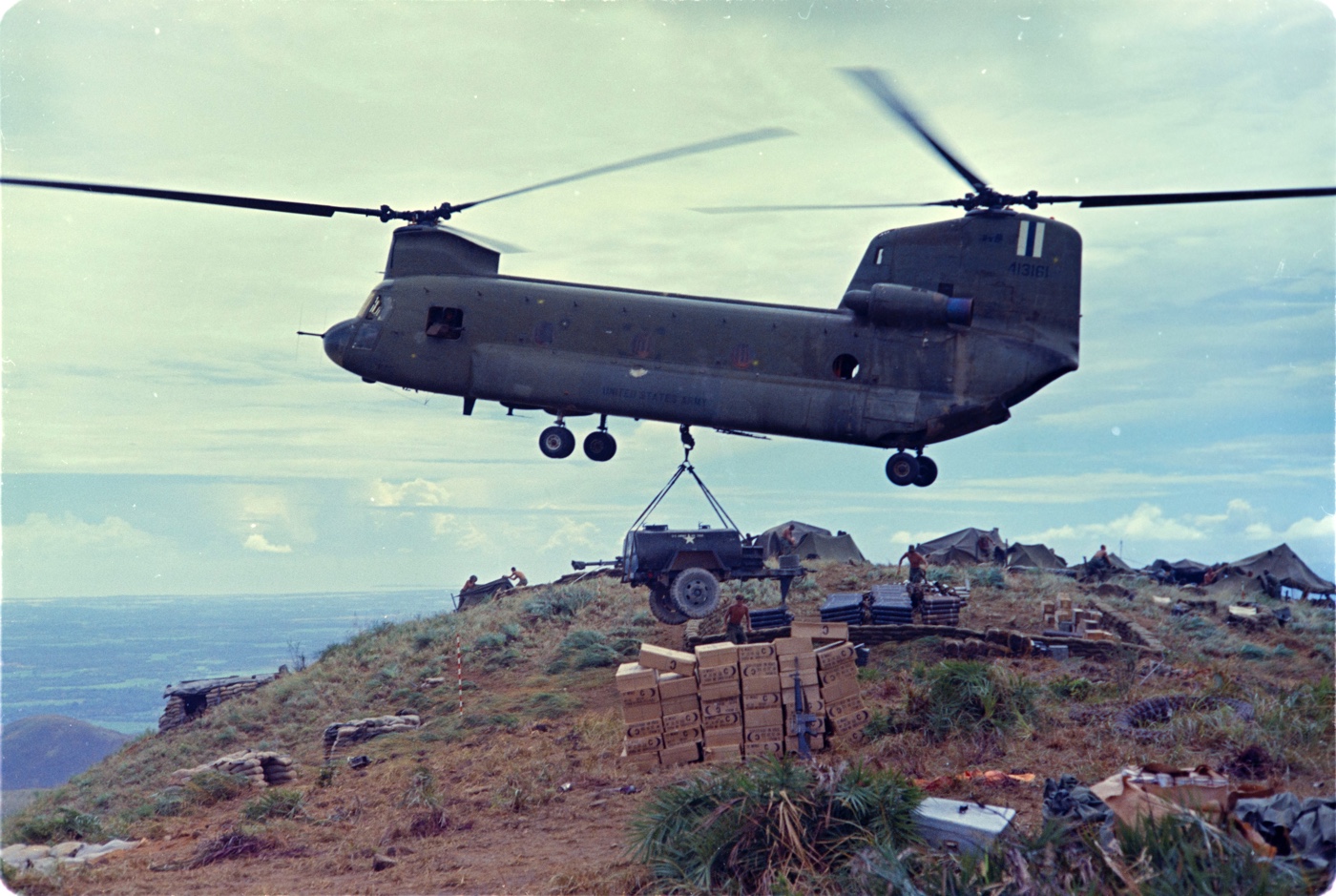
The service ceiling for the CH-47D is listed as 20,000 feet, but I have personally taken one to just shy of 22k. The aircraft has mounts for three defensive machine guns. Ours were sucktastic D-model M60 machine guns. Nowadays, they use M240 guns. The Night Stalkers of the 160th SOAR (Special Operations Aviation Regiment) operate Dillon M134D miniguns. Those are undeniably sexy cool, but an electrically-powered machine gun is just ballast if the electrical system fails or is shot away.
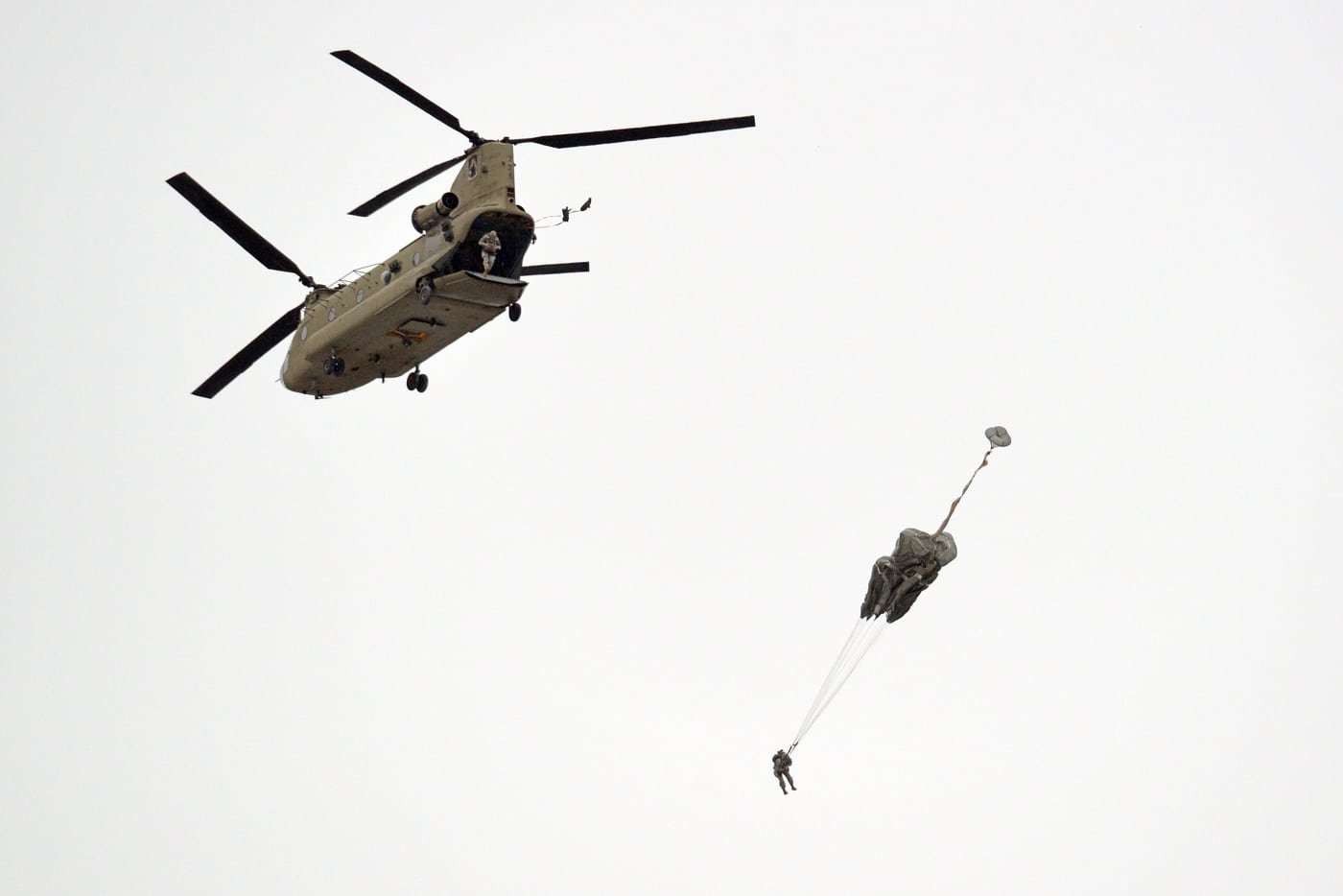
Unlike lesser U.S. Army helicopters, the Chinook is a fantastic instrument platform. The AFCS (Advanced Flight Control System) will fly the aircraft hands-off in cruise mode. Heading changes can be easily effected simply by turning a knob on the instrument panel that orients a heading bug on the HSI (Horizontal Situation Indicator). I’m sure all that is digital today. All of the flight instruments are perfectly replicated on both sides of the cockpit, so the machine is equally friendly from either seat.
CH-47F Chinook Technical Specifications
Here are the published Chinook specifications:
| Crew | 3 (2 pilots, 1 flight engineer) |
| Load Carrying Capacity | 33 troops or 24 litters |
| Length, Overall | 98′ |
| Length, Fuselage | 52′ |
| Weight, Empty | 24,578 lbs |
| Weight, Maximum Takeoff | 50,000 lbs |
| Powerplant | 2x Lycoming T55-GA-714A turboshaft engines with 4,733 SHP each |
| Velocity, never to exceed | 170 knots |
| Service Ceiling | 20,000′ |
| Armament | 3x M240 machine guns |
Pilot Stuff
The tandem rotor design of the CH-47D offers certain benefits not afforded by lesser aircraft. With a little practice, a skilled pilot could cause the machine to pivot precisely around the forward rotor head, the aft head, or the cargo hook in the middle. An awe-inspiring spiraling vertical liftoff executed at maximum power settings was called a Black Cat takeoff. No other machine could really do that.
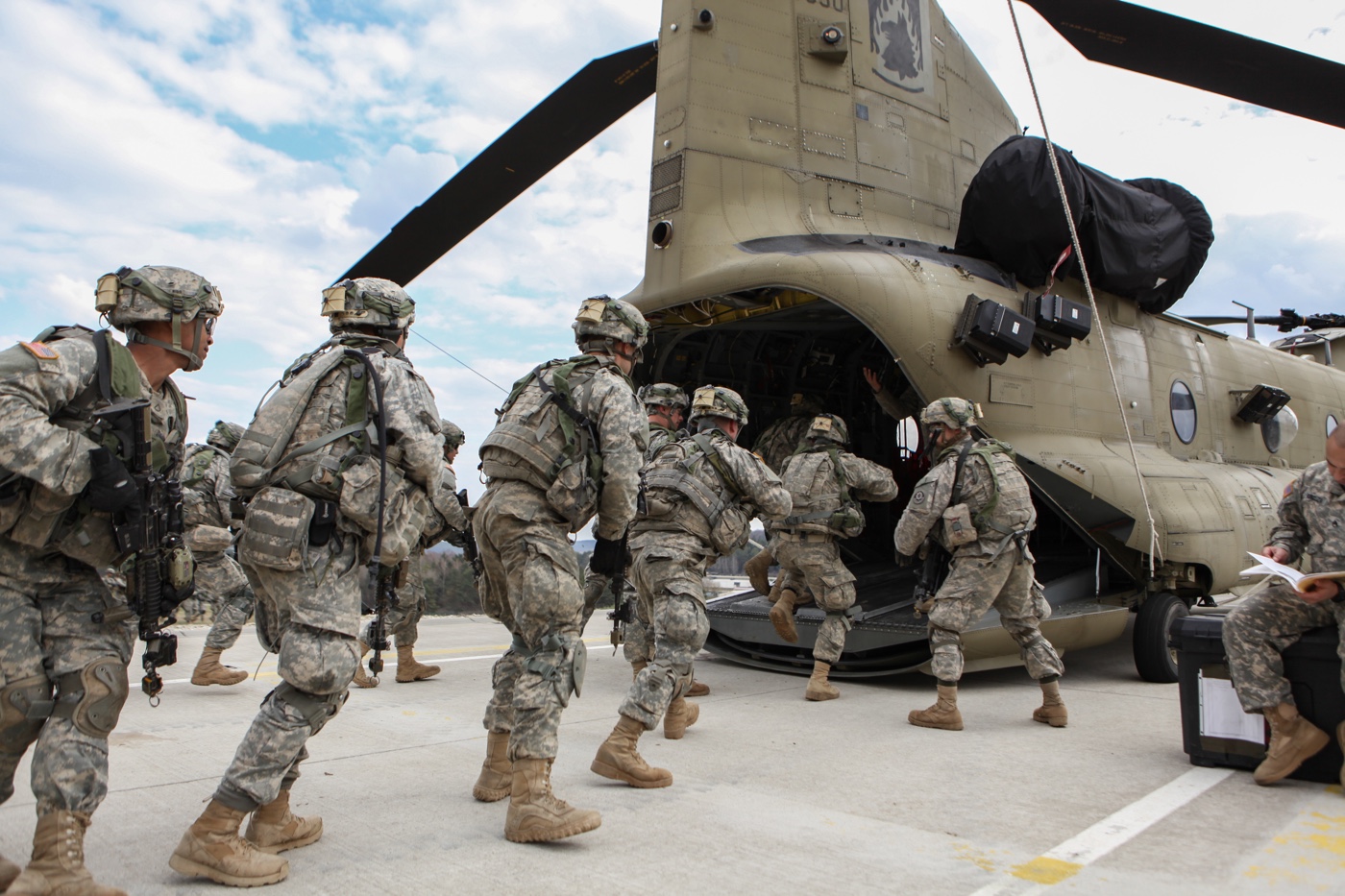
Pinnacle landings were uniquely cool. With the flight engineer providing guidance the aft landing gear could be precisely located on a mountaintop or something similar. Then by setting the cyclic to the rear, the pilot could plant the aft gear and then use the thrust (what would be the collective in a lesser aircraft) to adjust pitch and maintain station. The same technique could be used to taxi the big helicopter on its back two wheels. The Chinook also made a great paradrop platform. You could feel a little bump through your seat every time one of the heavily-laden paratroopers left the aft ramp.
The CH-47D had three cargo hooks and could carry three separate external sling loads. I once browned out in an especially dry LZ and let the aircraft drift. My flight engineer wisely punched off the 105mm howitzer I was carrying before it could snag in the trees. I mangled the gun and felt awful about that. However, thanks to my crew dogs I didn’t die, so there’s that.
Practicalities of the Chinook
U.S. Army doctrine, at least in my day before there were so many blasted drones, was to push the tactical aircraft as close to the front as possible. That meant we lived out of our machines. We actually affectionately referred to the CH-47D as the Boeing Hilton. With so much space, there was plenty of room for the crew to lower the sling seats and use them as cots. I have spent weeks on end living out of my aircraft. After an extended period in the field, the inside of the aircraft begins to look like a homeless encampment, but it is still better than the alternative.
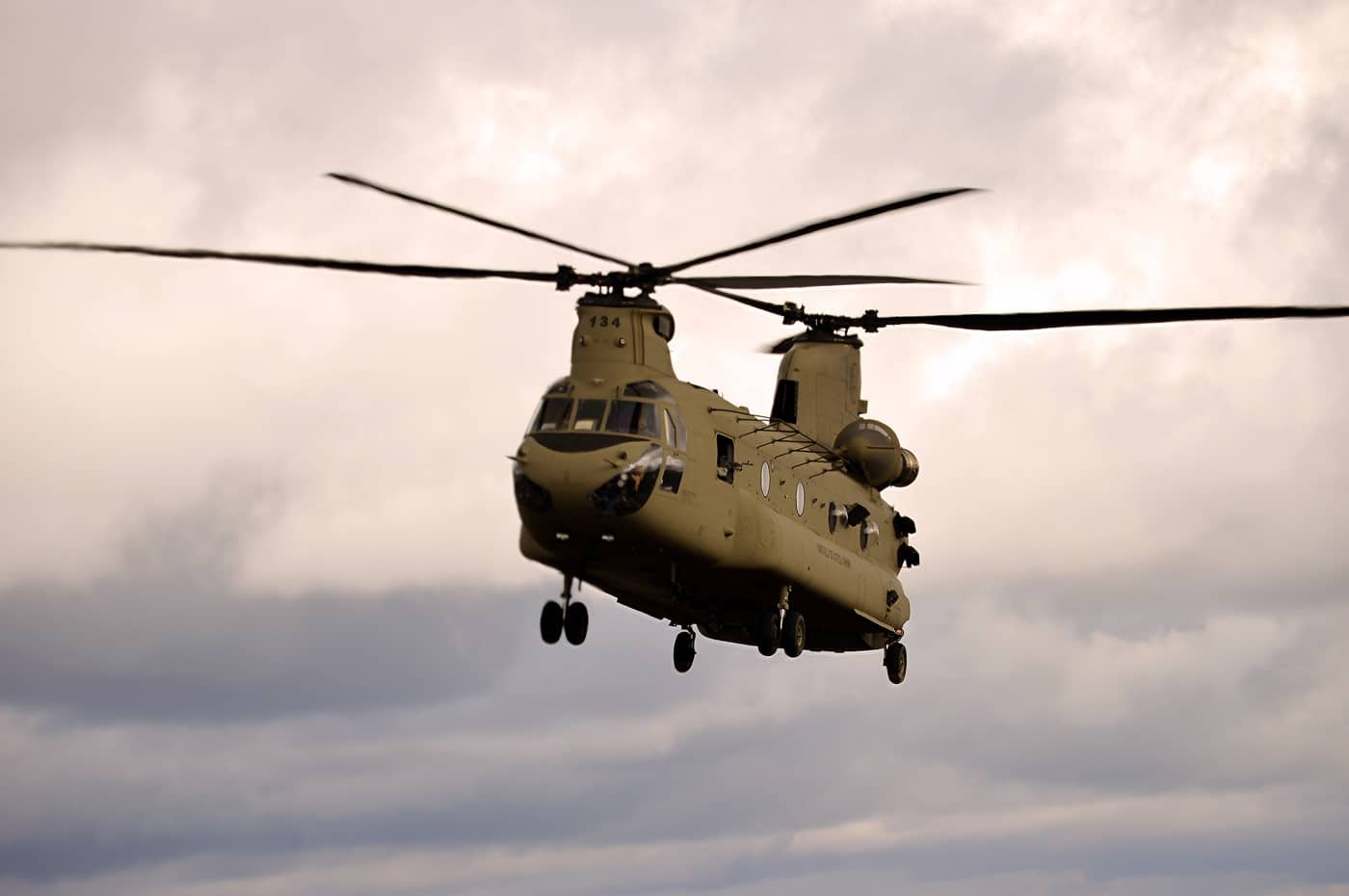
Operations in the Arctic bring their own unique challenges. As the machine is basically a big aluminum tube, it doesn’t take long for the aircraft to become cold-soaked at fifty below zero. Our arctic sleeping bags were up to the task, but it was always a gut check to see who was going to be the first out of their fart sack to go crank the auxiliary power unit and get that 200,000-BTU heater cooking. That puppy ran off of jet fuel and would render the Boeing Hilton mosty toasty in no time, no matter how ghastly it was outside.
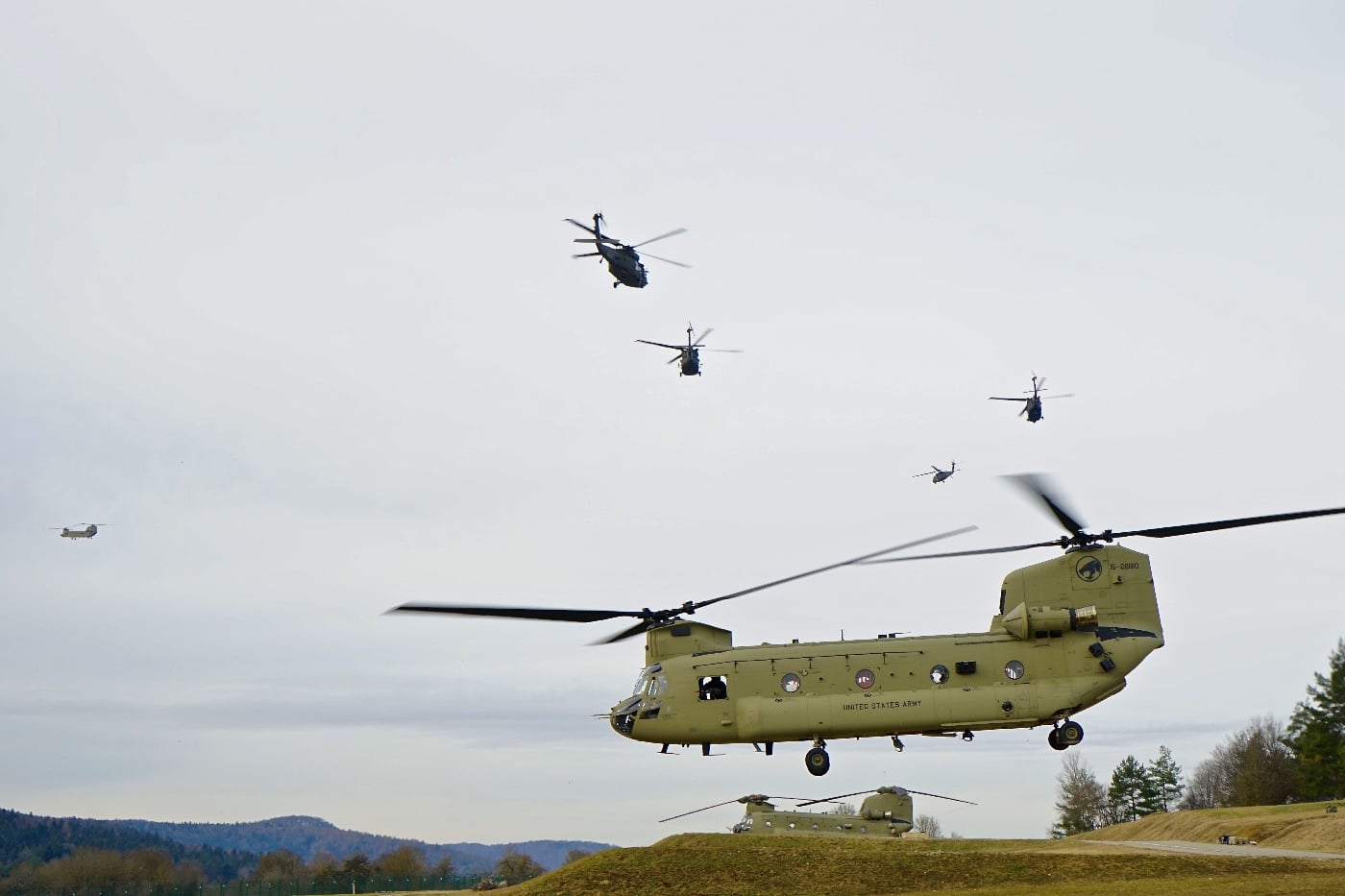
I later got to fly both AH-1S Cobras and OH-58A/C helicopters. I learned to fly on Vietnam-era UH-1H Hueys in flight school. The Huey had the nostalgia, and the Snake the sex appeal. Driving Aeroscouts single-pilot with the doors off was like flying a motorcycle. However, nothing can compare to the sensation of power you get when you tug the up stick in a CH-47D and feel those 9,000 horses kick you in the butt. That was a wild ride, indeed.
Editor’s Note: Please be sure to check out The Armory Life Forum, where you can comment about our daily articles, as well as just talk guns and gear. Click the “Go To Forum Thread” link below to jump in!
Join the Discussion
Continue Reading
Did you enjoy this article?

 513
513






